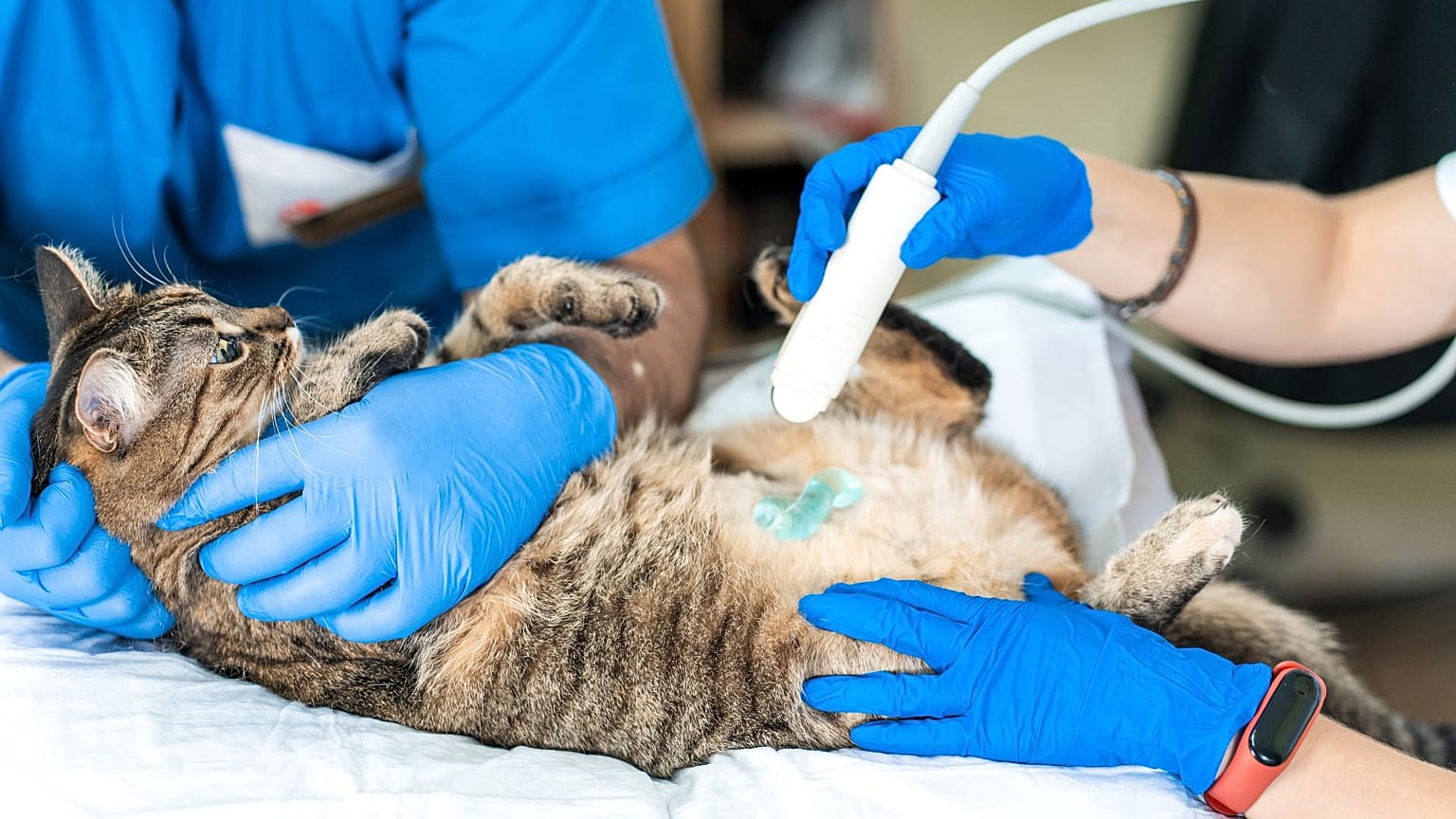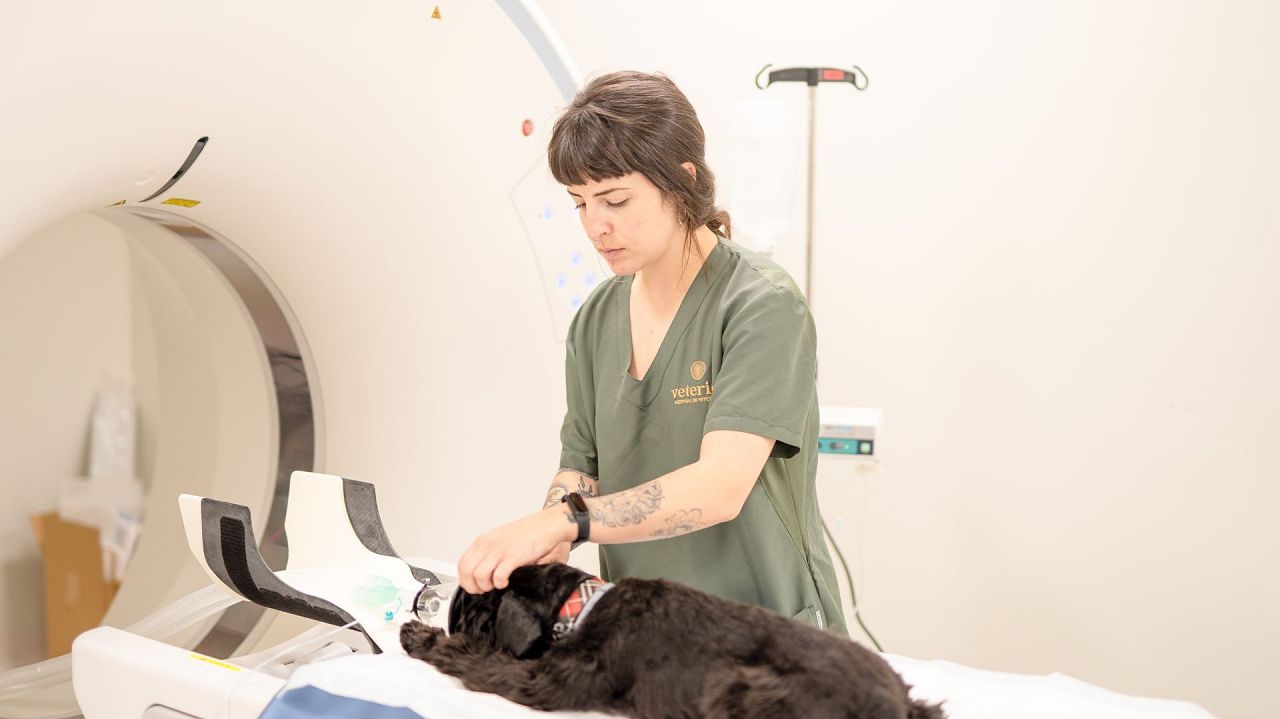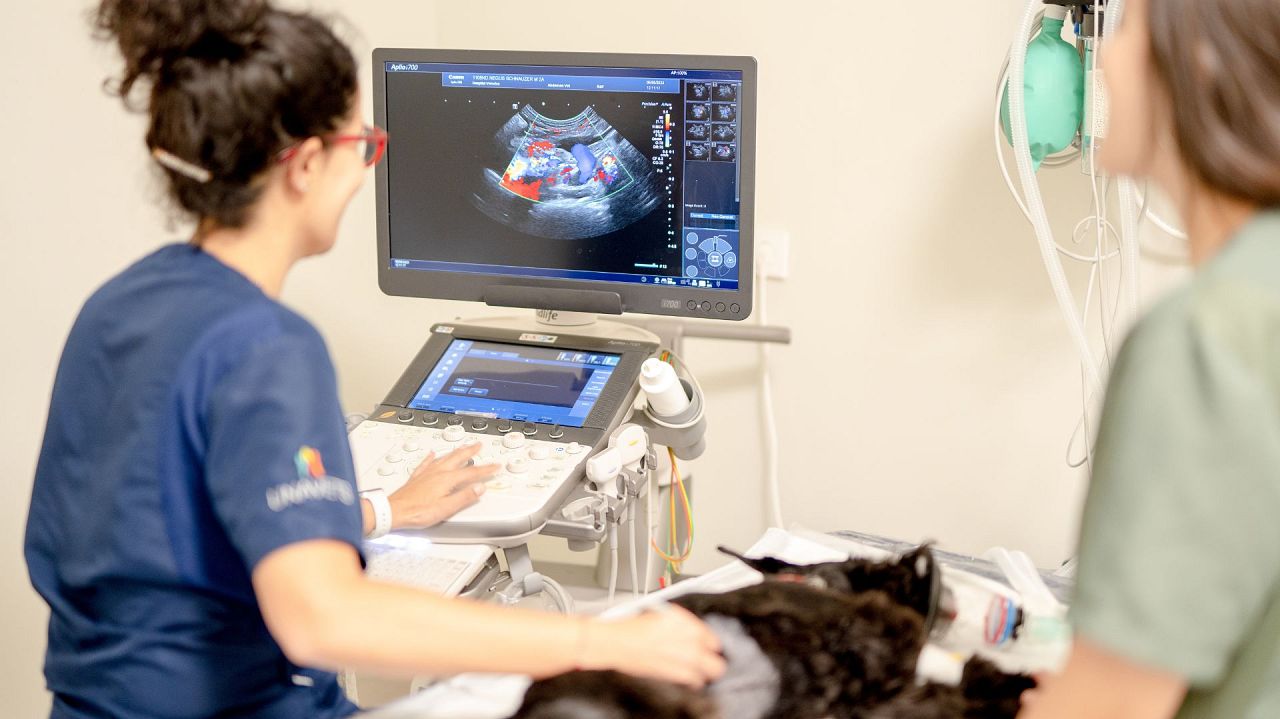The pet industry - with booming animal healthcare at the forefront - is expected to see considerable growth by 2030.
Brain surgery and nanotechnology are part of the future of healthcare - not just for people, but for animals too: Trends indicate that pets are receiving increasingly premium care, mirroring the treatment given to their human companions.
This trend, hand in hand with a recent jump in pet numbers (as well as the forecasted skyrocketing of meat production), heralds a boom in the veterinary healthcare market for the next decade, driving investment in scientific medical training, equipment and facilities such as clinics.
How pets became a long-tail investment
Pet ownership soared during the COVID-19 pandemic, with research by US bank Morgan Stanley showing that the number of pets in the US alone rose at least by 5 million between 2019 and 2022.
The bank forecasts a 14% increase in pet ownership by 2030 in the US alone and a similar pattern has been seen in Europe.
“Everybody's moving to cities, and yet there is a higher rate of mental unwellness. In parallel, there's this pet boom. And pets are known for alleviating depression and reducing anxiety,” said Junko Sheehan, CEO and founder of European veterinary chain UNAVETS, adding that longer life expectancy has also had an impact on this number as the elderly need companionship.
With the number of pets increasing, the willingness to spend on their needs has also proven crisis-resilient.
Even though the cost of living skyrocketed in the past two years, spending on pets’ needs, including premium and personalised pet food, accessories, as well as pet healthcare services, have increased significantly.
“We're seeing that people are really willing and quite focused on their pets’ healthcare, and sometimes even spending more on their pet’s healthcare than their own healthcare,” said Sheehan about her experience in Europe. “They'd rather take their dog or cat to the vet and they will forego money on a nicer vacation or they will forgo on their own checkup.”
The pet industry’s resistance to economic crises shows that benefits to the industry likely have a long tail, according to analysts. That's not just a pun: in business, a 'long tail' strategy means making huge profits by selling hard-to-find, enduring products in small quantities to a wide consumer base, instead of selling large quantities of a few common products.
“On the whole, the pet category remains an attractive and defensive investment across both food and products, as well as vets, insurance and other services, making investment in the pet sector relatively low-risk,” said Simeon Gutman, equity analyst at Morgan Stanley.
A closer look at the European market
There are approximately 340 million pets in Europe, and its vet market is valued at around $40 billion (€36.52 billion) and it’s growing rapidly. The biggest markets are in the UK and Spain, the latter offering 6,000 practices and veterinary hospitals and clinics. Germany, France and Italy are also big markets.
While the market is largely dominated by a few big players in the US and the UK, continental Europe is still in the early stages of consolidation and the market remains highly fragmented.
“When you look at what percentage is owned by a group, that percentage is still really low,” said Sheehan. “And I think that’s where the opportunity for investors exists.”
The European veterinary market is the second-largest in the world and is expected to grow by 6.4% until 2027, according to a 2022 study from market research company Renub Research.
What’s the latest in pet health?
The veterinary healthcare industry is likely to boom in the next decade, thanks to a combination of increased animal welfare knowledge, the growing prevalence of animal diseases, and the increase in preventative care driven by the vaccine sector.
A report from The Business Research Company forecasts 7.5% annual growth for the global vet market, which grew from $180.32 billion (€164.62 billion) in 2022 to $195.77 billion (€178.72 billion) in 2023 and could reach more than $320 billion (€292 billion).
“You can do everything from a pacemaker for a dog, to a hip replacement... we're seeing brain surgeries, tumours removed,“ said Sheehan. “And even up to chemotherapy, for example, with cancer in dogs and cats, whereas maybe in the past you would have euthanised your pet and that would have been the next option.”
As the industry increasingly incorporates technology, with regular use of equipment like CTs and MRIs, prices are expected to rise. One of the reasons is that “there is a global vet shortage,” said Sheehan.
Meanwhile, specialisation in veterinarianism is playing an increasingly important role, with vets becoming evermore specialised in the various fields of healthcare.
“We have neurosurgery, oncology, cardiology, we have dermatology, orthopaedics and internal medicine,” Sheehan noted.
Pet insurance is also expected to face rapid growth, according to Morgan Stanley, highlighting that the industry recorded 26% in annual growth between 2017 and 2021 in the US alone.
In Europe, the market is smaller but growing fast: it was worth $3.2 billion (€2.92 billion) in 2021 and is projected to grow by 9.2% annually and swell to $6 billion (€5.48 billion) by 2028, according to a report by Blue Weave Consulting.
Another report by Market Data Forecast estimates the current European market size to be just shy of $1 billion (€910 million) but expects that it will grow by more than 12% annually until 2028.
“If there is a specialist required or a CT scan or an MRI, which can be quite extensive, pet owners feel more comfortable doing that through insurance,” said Sheehan. “So I'm expecting that insurance will continue to be a driver, a leading indicator, of how we're going to see the level of pet healthcare continue to evolve.”




















